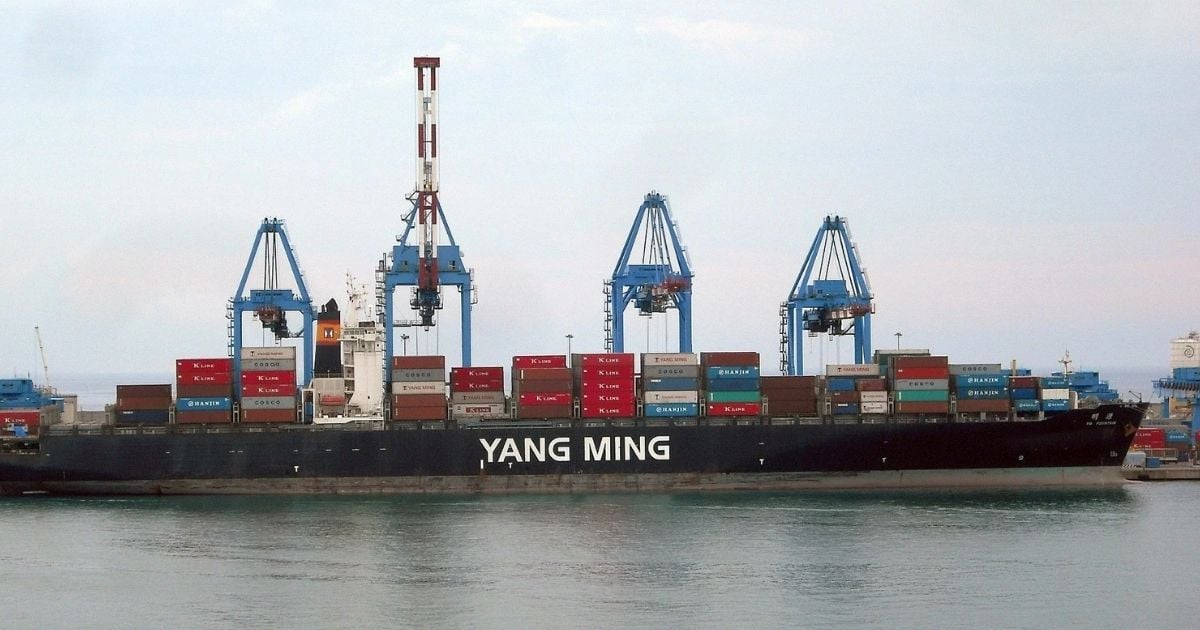China has made the news again and this time it isn’t for the novel coronavirus aka the Wuhan virus.
This time, it’s for yet another virus threatening our favourite food, chicken rice.
China Reports H5N1 Outbreak But It Hasn’t Affected Humans Yet
China has reported an outbreak of a “highly pathogenic strain” of H5N1 bird flu at a farm in Shaoyang city located in the southern province of Hunan.
The Ministry of Agriculture and Rural Affairs announced this on Saturday, 1 February.
The case of the highly pathogenic strain of H5N1 bird flu occurred at a farm with 7,850 chickens and more than half of these chickens (a total of 4,500) have died of the bird flu.
A whopping 17,828 poultry have been slaughtered as ordered by the authorities as a result of the outbreak.
But if you think that China is the only one trying to clamp down and prevent the spread of yet another potentially fatal virus, you couldn’t be more wrong.
Just over the past few days, India has been forced to cull chickens and destroy eggs that have the bird flu virus.
Meanwhile at yet another part of the world, Europe, another strain called the H5N8 virus has been spreading in eastern Europe for the past couple of weeks.
It’s a pretty serious matter, especially since the sale of poultry is a significant portion of China’s economy.
For instance, the bird flu outbreak in China in 2013 resulted in a loss of US$6.5 billion (~S$8.9 billion) according to UN experts.
Why Does The Virus Sound Familiar?
You probably read H5N1 and wondered why it sounded so familiar. That’s probably because you were thinking about the H1N1 or any of the past H5N1 virus cases.
Besides, the human population is more than a little familiar with the term “bird flu”.
Before I get into any of it, let me first explain the whole influenza business as simply as I can.
There are four types of influenza viruses, A, B, C and D.
Most influenza type A viruses generally infect birds.
This Influenza A viruses are then divided into subtypes based on two proteins on the surface of the virus called:
- hemagglutinin (HA)
- neuraminidase (NA)
For instance, an “H5N1” virus has an HA 5 protein and an NA 1 protein.
So then what is a highly pathogenic strain?
A virus is considered either highly pathogenic avian influenza (HPAI) or low pathogenicity avian influenza (LPAI).
HPAI viruses cause severe disease in poultry with high mortality while LPAI viruses can show no signs of disease and only show mild symptoms in poultry.
Contrary to popular belief, it doesn’t matter if the virus is high or low pathogenic when it comes to the severity of illness in cases of human infection because both LPAI and HPAI have caused severe illness in humans.
It’s worth noting though that avian influenza rarely infect people, however, certain subtypes such as the H5, H7 and H9 viruses are the most frequently identified subtypes of avian influenza that cause human infections…
News flash: That’s the one we are dealing with (H5).
In the past, the H5N1 virus have been reported in 16 countries and the symptoms include severe pneumonia and greater than 50% mortality.
That being said, this particular H5N1 outbreak in China that we’re dealing with has yet to infect any humans.



